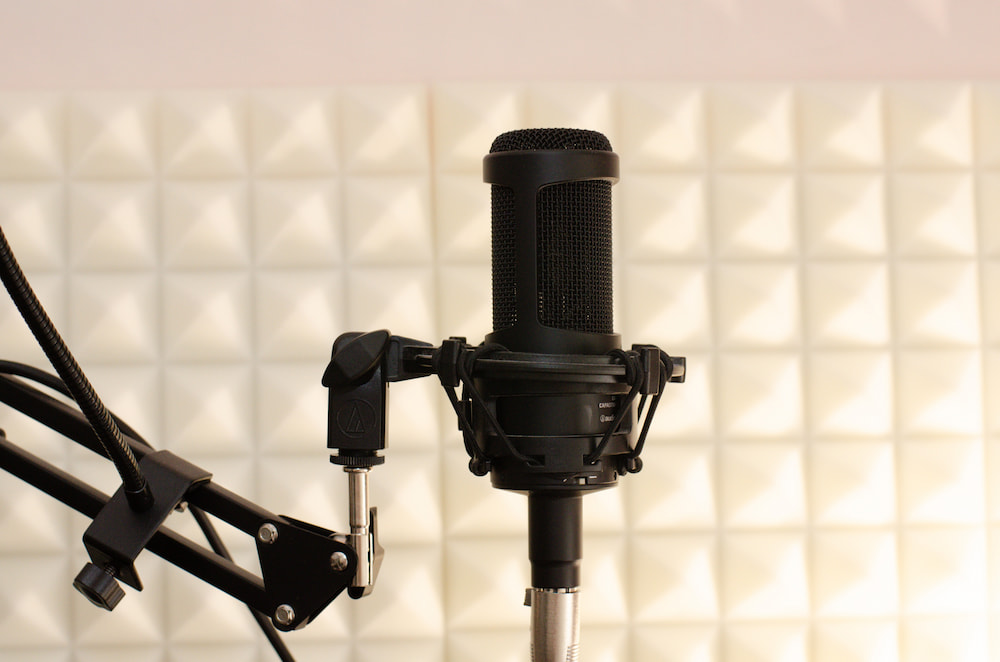Noise can be a persistent challenge when working from home, setting up a music studio, or simply seeking peace and quiet. Proper soundproofing transforms a space into a calmer, more functional environment. With expert solutions like insulation upgrades and noise-reducing door techniques, Performance Audio offers professional services to help you create the quiet space you need.
Understanding Soundproofing Basics
Soundproofing reduces or blocks sound transmission between spaces, making it valuable in environments where noise control is needed. At home, it helps create a serene environment by keeping out unwanted noise. In music studios, soundproofing ensures recordings are crisp and free from outside interference. Offices benefit from fewer distractions, promoting better focus and productivity. Grasping these fundamentals is key for anyone aiming to achieve a quieter, more controlled sound environment.
Key Methods for Room Soundproofing
Soundproofing a room effectively involves using a mix of techniques to tackle various noise sources.
Best Soundproof Insulation Materials for Quiet Rooms
Effective soundproofing relies on insulation to absorb and reduce sound vibrations. Materials such as fiberglass, mineral wool, and acoustic foam are commonly used for this purpose. Fiberglass and mineral wool are dense, making them highly effective at trapping sound waves and preventing noise from passing through walls. Acoustic foam, often used in music studios, minimizes echo and reverberation within a space. Selecting the right insulation material is essential for achieving optimal noise control and creating a quieter environment.
How to Soundproof a Door: Practical Tips for Noise Reduction
Doors are often weak points in soundproofing efforts, letting noise slip through. To tackle this, start with door sweeps. These handy tools seal the gap at the bottom of the door, blocking sound from sneaking in or out. Pair them with weatherstripping around the door’s edges to create a snug fit that keeps noise at bay.
For a more flexible solution, consider soundproofing blankets. These dense, heavy blankets can be draped over doors to absorb sound, making them ideal for temporary setups or rented spaces where permanent changes aren’t an option.
Sound Dampening Techniques
Sound dampening reduces noise levels within a room by absorbing sound waves and cutting down on echo. Acoustic panels, made from foam or fabric, can be placed on walls to help absorb sound and minimize reverberation. Heavy rugs and carpets are also effective, adding mass to floors to absorb sound and reduce noise transmission between floors. Hanging thick curtains or drapes over windows adds another layer of sound absorption, enhancing the room’s acoustic balance. These techniques complement soundproofing efforts, creating a quieter and more balanced environment.
Additional Tips for Effective Soundproofing
Focus on the finer details to truly optimize your soundproofing efforts. Start by sealing any gaps or cracks in walls and floors with acoustic sealants or caulking, as even small openings can let in a lot of noise. Windows is another common culprit for sound leakage. If replacing them isn’t feasible, consider double-glazed windows or storm windows to add an extra noise barrier. Alternatively, soundproof window inserts can fit into your existing frames to help block out sound.
Incorporating soundproofing into your room’s design can also make a difference. Placing bookshelves or wall-mounted storage against shared walls adds mass, which helps block sound. Rearranging furniture to create buffer zones between noise sources and quiet areas can further enhance the tranquility of your space.
Focusing on these additional strategies can significantly improve your room’s soundproofing.
Creating a Productive, Soundproof Space
Room soundproofing is crucial for creating a peaceful environment, whether at home, in a studio, or at the office. By focusing on soundproof insulation, door soundproofing, and sound dampening, you can significantly reduce noise and improve the acoustics of your space.
Pay attention to details like sealing gaps and choosing the right window treatments. Thoughtful furniture placement can also help in minimizing noise. These steps not only enhance your immediate surroundings but also boost concentration, relaxation, and productivity.
For expert advice, Performance Audio offers specialized services to help you achieve the best soundproofing results. Our team can tailor solutions to meet your specific needs. Contact us to start your soundproofing project.
Featured Image: AYeung/Shutterstock





